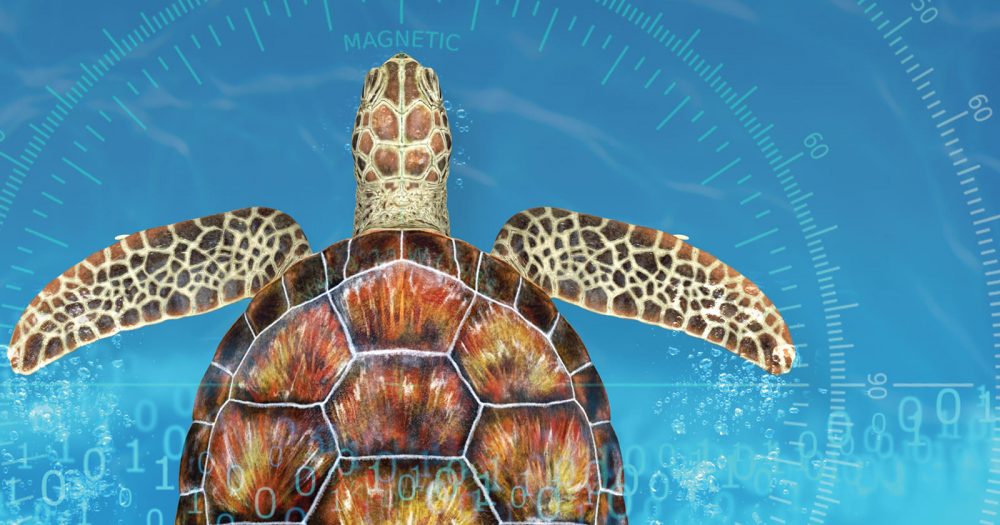


Animal Algorithms Webinar Pt. 2: Author Q&A
Today’s ID the Future is Part 2 of a recent live webinar with Eric Cassell fielding questions about his new book, Animal Algorithms: Evolution and the Mysterious Origin of Ingenious Instincts. He and host Casey Luskin explore the engineering wonders of web-spinning spiders and their extraordinary silk, and the challenge of transforming solitary insects into social insects (with their complex and interdependent caste systems) via a blind step-by-step evolutionary process, and the many thousands of genetic changes required. What does Cassell consider the best explanation? He invokes design theorist William Dembski’s work with No Free Lunch theorems to argue that blind processes are a no-go for explaining their origin. From there Luskin opens the webinar up to questions from the Read More ›

New Book Spotlights High Tech Animal Navigation
Today’s ID the Future spotlights the new book Animal Algorithms: Evolution and the Mysterious Origin of Ingenious Instincts. The author, Eric Cassell, joins host and Baylor computer engineering professor Robert J. Marks to discuss the groundbreaking book and, in particular, the chapters on some of the animal kingdom’s most stunning navigators—the arctic tern, homing pigeons, the monarch butterfly, and the desert ant, among others. Cassell has degrees in biology and engineering, and he draws on these and his decades of professional expertise in aircraft navigation systems to show that these creatures instinctively employ navigational technologies that humans have only recently mastered. According to Cassell, their skills are driven by sophisticated algorithms embedded in their brains. But what created these algorithms Read More ›